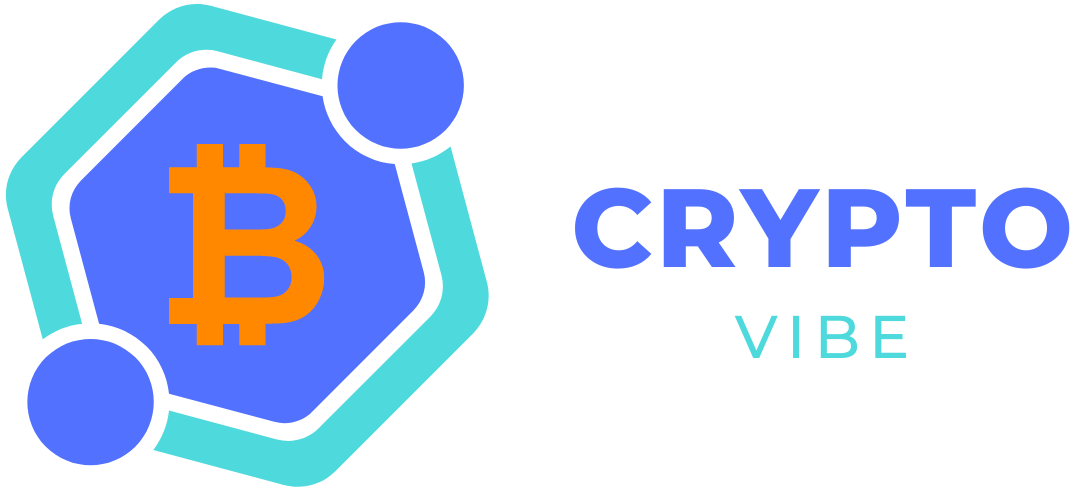io.net is an emerging platform in the crypto world. It’s growing hype is taking everyone by storm. What is io.net? What is its purpose? If you are looking for these details, you have arrived at the right place. Let’s dive into the details to find out everything about this rapidly growing platform.
What is io.net and how does it work?

io.net is an efficient decentralized network that collects GPUs from multiple sources like crypto miners, data centers, and decentralized storage providers to deliver cost-efficient computing power to AI/ML teams. This powerful network allows users to utilize spare GPU capacity to run a variety of operations in a parallel setting. Here’s what io.net can run across a distributed network of devices:
- Parallel Training
- Hyperparameter Tuning
- Interference
How to participate or Mine Tokens on io.net?
Currently, there is no officially available information regarding how to mind tokens on io.net. However, this network has a dual native token system that consists of $IO and $IOSD. Users can earn $IOSD tokens by maintaining uptime and executing workloads on the network.
How do you optimize your mining rewards on io.net?
Here are the steps you can follow to optimize your mining rewards.
- Choose the Right Mining Pool: Joining a mining pool can increase your chances of earning rewards by combining your hashing power with other miners. Look for a pool with low fees, high reliability, and a good reputation.
- Select the Right Mining Hardware: Use efficient and powerful mining hardware to maximize your hash rate and increase your chances of solving blocks. Research different hardware options and consider factors such as upfront cost, power consumption, and hash rate.
- Optimize Mining Software Settings: Fine-tune your mining software settings to optimize performance and efficiency. Adjust parameters such as intensity, thread concurrency, and work size to achieve the best results for your hardware setup.
- Monitor Network Difficulty: Keep an eye on the network difficulty level, as it can affect your mining rewards. Higher difficulty levels make it harder to solve blocks, reducing your chances of earning rewards. Consider adjusting your mining strategy based on changes in network difficulty.
- Consider Mining Alternative Cryptocurrencies: Depending on market conditions and your hardware setup, it may be more profitable to mine alternative cryptocurrencies instead of io.net. Research other cryptocurrencies with lower network difficulty or higher reward potential and consider switching your mining efforts accordingly.
- Reduce Mining Costs: Minimize operating costs such as electricity and cooling expenses to increase your overall profitability. Consider mining during off-peak hours when electricity rates are lower, and optimize your mining rig’s cooling system to reduce energy consumption.
How to Use the Network As an ML Engineer?
If you are an ML engineer or a data science professional, you can use io.net in the following ways.
- Data Storage and Management: Utilize io.net as a storage solution for your ML datasets. You can upload and store large volumes of data on io.net’s distributed storage system, making it accessible for training and analysis.
- Data Preprocessing: Use io.net’s distributed computing capabilities to preprocess and clean your data efficiently. You can perform tasks such as data cleaning, feature engineering, and normalization across multiple nodes in the io.net network, speeding up the preprocessing pipeline.
- Model Training: Train your ML models on io.net’s distributed computing platform. You can leverage frameworks like TensorFlow or PyTorch to distribute model training across multiple nodes in the io.net network, enabling faster training times and scalability for large datasets.
- Experimentation and Hyperparameter Tuning: Conduct experiments and hyperparameter tuning on io.net’s distributed computing platform. You can explore different model architectures, optimization algorithms, and hyperparameters in parallel across multiple nodes, optimizing model performance and accuracy.
- Model Deployment: Deploy your trained ML models on io.net’s infrastructure for inference and prediction. You can serve models as microservices accessible via APIs, allowing real-time inference requests to be processed efficiently across the io.net network.
- Monitoring and Optimization: Monitor the performance and health of deployed ML models on io.net’s infrastructure. Implement logging, metrics tracking, and alerting mechanisms to detect issues and optimize model performance in real-time.
- Collaboration and Version Control: Collaborate with team members on ML projects using io.net’s collaboration features. You can share code, notebooks, and datasets securely, track changes using version control systems, and manage project workflows efficiently.
- Scaling and Elasticity: Take advantage of io.net’s scalability and elasticity to scale ML workloads dynamically based on demand. You can provision resources as needed, scale up or down automatically, and optimize resource utilization for cost efficiency.
Who Governs io.net?
io.net finds its roots at Anthropic – a San Francisco-based AI company specialized in safety. As per the information available online, the network is more likely to be governed in a decentralized manner through the $IO token.
